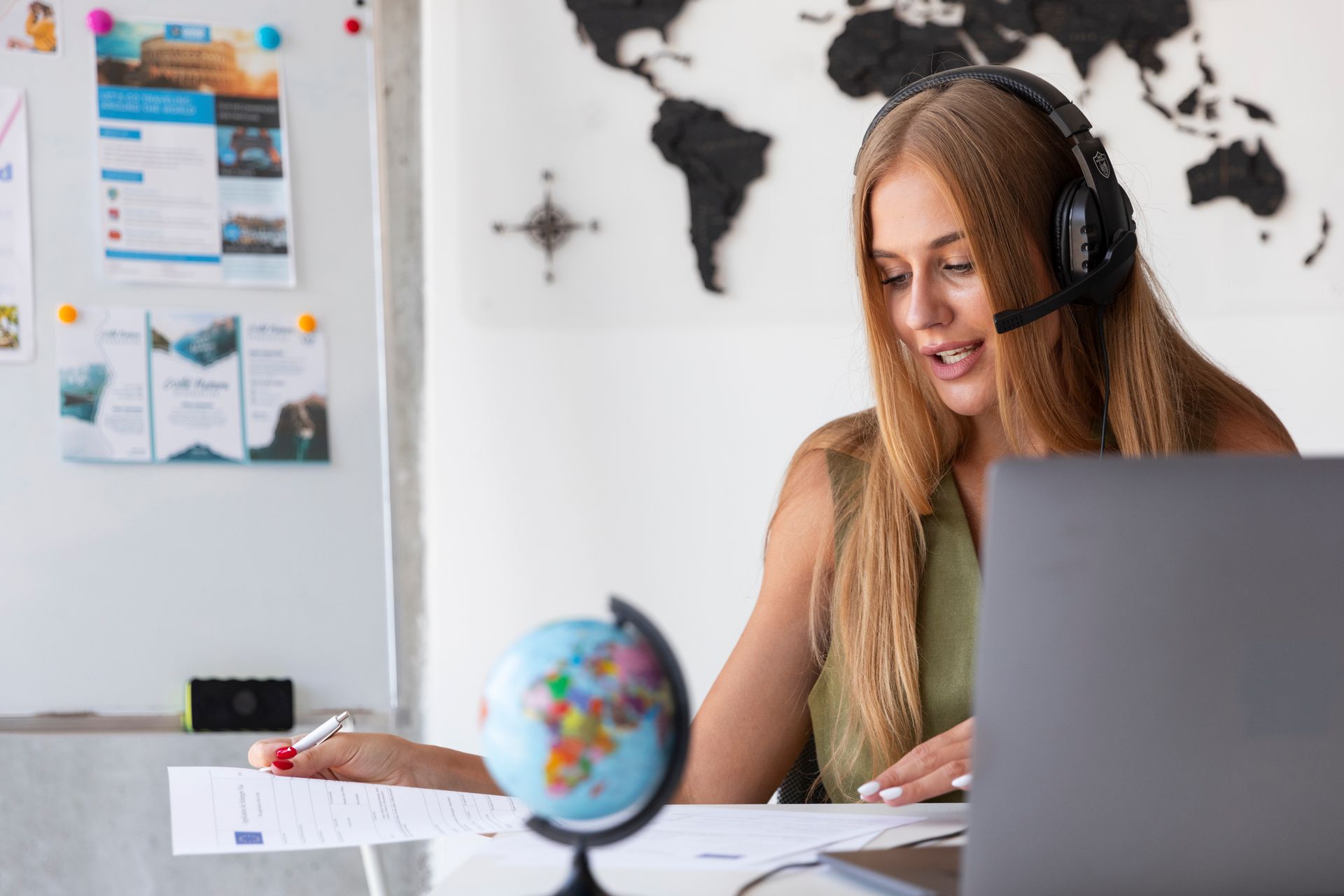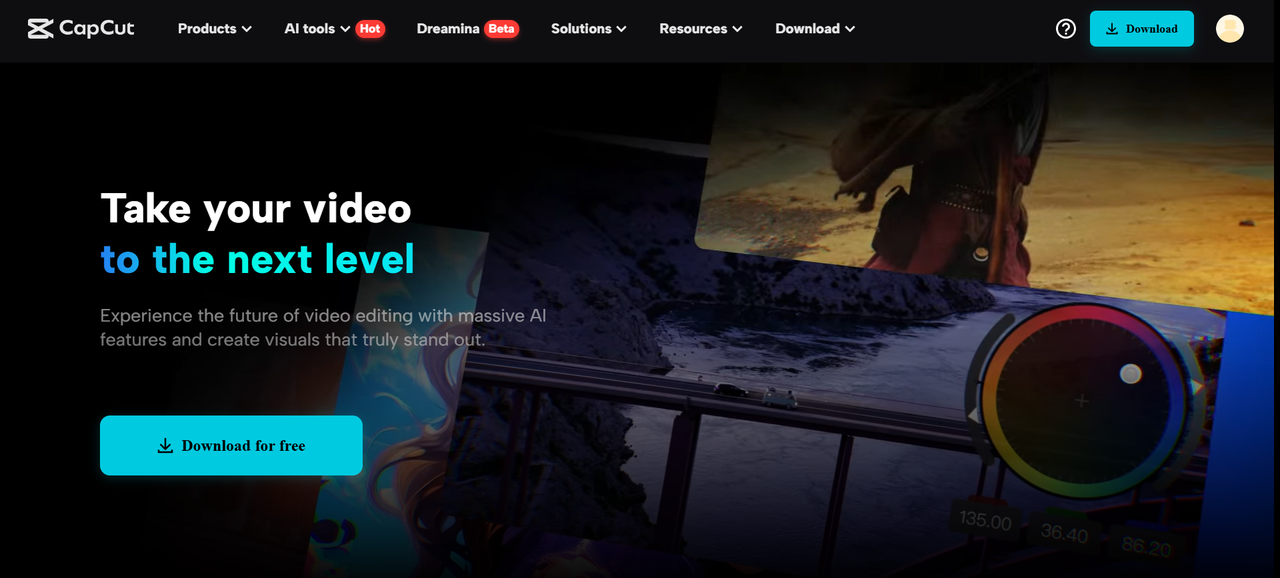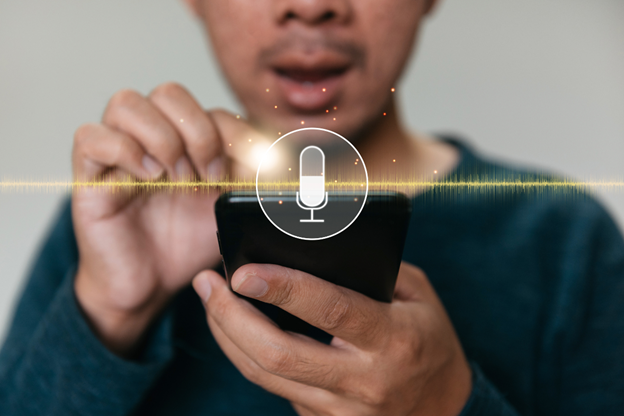The Impact of Travel on Language Learning
written by: Krystof-Sandor Harfst
Table of Content
Language, at its core, is not just about vocabulary and grammar; it's about connection, culture, and the nuances that make communication vibrant. Now imagine learning that through immersion—living within the language itself, in the streets, markets, and cafés. Travel offers an experience that traditional classrooms, no matter how advanced or interactive, simply cannot match.
Language learning through travel, let's call it “immersion education,” has long been praised for its effectiveness. But why exactly? What makes hopping on a plane to a foreign country more powerful than poring over textbooks for months? The answer, unsurprisingly, is multifaceted.

The Power of Immersion
When you're traveling, language surrounds you, not just in structured environments like a classroom, but in every aspect of your daily life. Think about it: street signs, restaurant menus, overheard conversations—everything becomes a lesson. You don’t get to pause, look up a word, and move on. Instead, you're faced with real-world scenarios where you must adapt. Quick, how do you ask for directions? How do you order coffee? The brain, like a muscle, responds to this kind of active engagement. It stretches, pushes, learns to navigate the unfamiliar. Travel forces you to use language practically.
It's an immediate, unrelenting challenge. Your mind is constantly in a state of decoding, deciphering, absorbing. And what's fascinating is that you don’t even realize how much you're learning. You just do. In fact, this brings us to another key point: necessity.
The opportunity to improve travel language skills and enjoy your vacation is probably the best part. However, to enhance language practice through travel, you also need additional digital content. For example, you can use a VPN app and watch TV shows in the language you are learning. Another important advantage of VPN is security, especially with providers that have a double VPN feature. You can find a double VPN explained on the VeePN website. The more you immerse yourself in another language environment, the faster and better your learning of a new language will be.
Necessity as the Ultimate Motivator
Need, as they say, is the mother of invention. In the realm of language, need is the catalyst for fluency. When you're traveling in a foreign land, far away from your comfort zone, necessity becomes the driving force behind your linguistic growth. If you want food, a place to stay, or directions to the nearest museum, you have to communicate. It's that simple. And that's powerful.
Think about the difference between learning a language in a classroom and learning it because you have to navigate a new country. The stakes are entirely different. In a classroom, there's a safety net—you can fall back on your native language, ask a teacher for help, or rely on the textbook. In the real world, however, the only way to communicate is to figure it out on the fly. That necessity builds fluency faster than any flashcards ever could.
Cultural Insights: The Silent Teacher
Now, language is more than just words. It's culture, traditions, habits. Every phrase, every idiom, carries centuries of history and cultural meaning. When you travel, you don’t just learn the words, you learn the why behind them. You pick up on body language, tone, and gestures that would be entirely missed in a traditional learning environment.
Take something as simple as greetings. In Japan, a bow says far more than any word. In Italy, a warm hug or a kiss on both cheeks tells you volumes about the social context. Travel exposes you to these subtle yet profound cultural cues that you cannot capture through language apps or textbooks. You get to see language in motion, embedded within the fabric of everyday life.
The Fun in Making Mistakes
Here’s a not-so-secret truth about learning through travel: you're going to make mistakes. A lot of them. But that’s the beauty of it. Instead of the rigid confines of the classroom, where mistakes feel like failures, travel turns those mistakes into stories. You ordered a frog when you meant to ask for chicken? That’s a laugh, not a failure. Said something unintentionally inappropriate because of a misunderstood idiom? It becomes a memorable moment and a lesson you’ll never forget.
Mistakes, in this context, aren’t setbacks—they’re opportunities. Travel provides a safe, albeit sometimes amusing, environment for trial and error. And with every misstep, you learn. More than that, you become more comfortable with the language, not despite your mistakes but because of them.

Real-World Conversations vs. Textbook Dialogues
One of the common complaints among language learners is the artificiality of textbook dialogues. You know the ones: “Hello, how are you? I am fine, thank you. Where is the library?” Travel obliterates this. You’re thrown into conversations that have no pre-set script, no easy fallback. You must react in real-time, often with imperfect understanding. This is where real language learning happens—when you're forced to think on your feet and respond to whatever the world throws your way.
Moreover, when you travel, you engage with native speakers in their natural context. This means you're exposed to slang, regional dialects, and colloquialisms that textbooks rarely cover. These are the nuances that make a language come alive, and only through travel do you encounter them in their raw, unfiltered form.
Final Thoughts
So, what’s the impact of travel on language learning? It’s transformative. It turns passive learners into active participants. It takes language out of the abstract and places it squarely in the real world. It’s not just about speaking; it’s about understanding—culture, context, connection.
Travel, in its essence, is the ultimate language teacher. The classroom gives you the tools; travel shows you how to use them.



Topics
Popular Blog Posts
Free Language Course
Language learning apps
Online language learning
Intro
Discount preply
Cheap preply
Busuu
Busuu app
Is Busuu free
Free4Talk
Think In Italian
Babbel app
Is Babbel free?
Babbel cost
Babbel Spanish
Babbel vs. Rosetta Stone
Duolingo
Duolingo English test
How much is Duolingo plus
Rosetta Stone
Rosetta Stone languages
Rocket Languages



